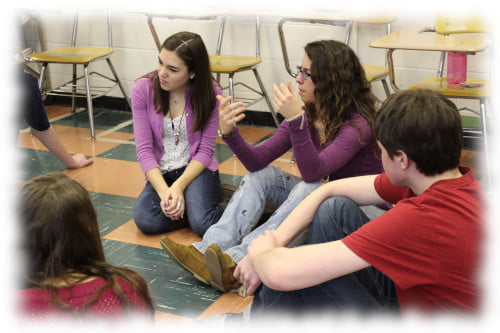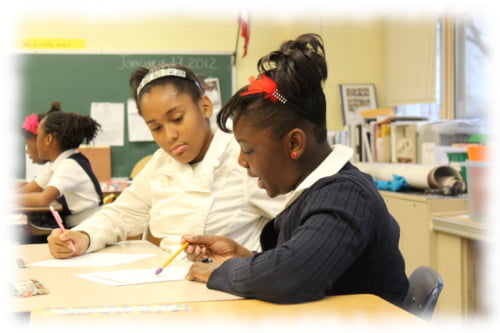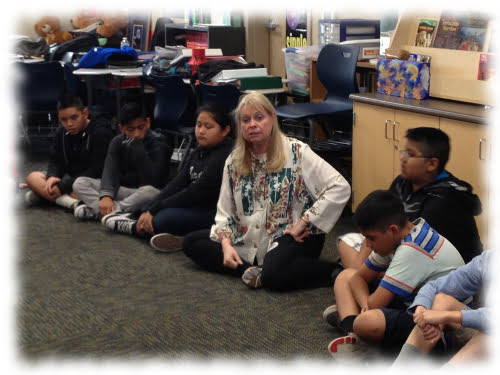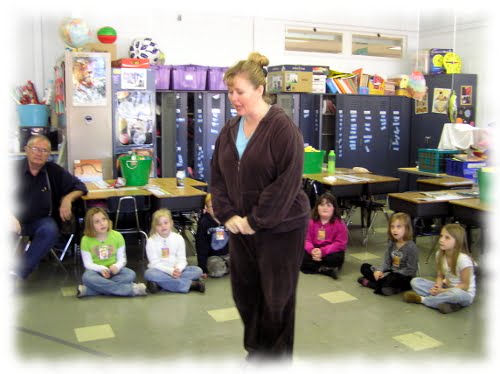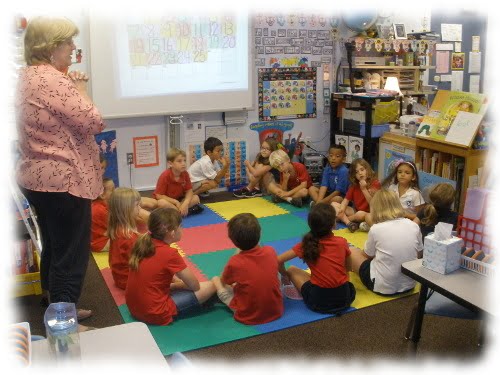- I have been asked to share some of my favorite strategies for teaching drama. In the next couple of months, I want to share 20 strategies with you, and I challenge you to select one you have never used and give it a try. I’d also love to hear about strategies you have used that are missing from my list. We will reference lessons on my website that exemplify the strategy so you can see how it plays out in a lesson plan. This is perfectly timed for summer as you revise and create lessons for next year. Refresh your curriculum and let me help you do it! Happy reading.
What is a strategy?
Strategy is derived from the Greek, stratēgiā or stratos, and the French stratégie. It is a plan of action intended to accomplish a specific goal. So, it is a plan of action (as in lesson plan) to accomplish the goal of student learning (the objective of the lesson).
How do I select a strategy?
Ask yourself these important questions:
1. Which strategies will best support the objective that I am teaching?
2. Which strategies support the artistic nature of the work I am presenting?
3. Which strategies support and honor the students as artists?
4. Do the strategies need to support a student or teacher centered lesson?
5. Do the strategies fit into the time frame of the lesson?
6. Will the strategies allow flexibility for the diversified nature of the learning styles in the classroom?
7. If multiple strategies are chosen for one lesson, do they complement each other and support the flow of the work?
When are strategies used?
Strategies are used throughout a lesson: as a hook, as review and reflection, introducing the objective, through the application process, and during student evaluation or assessment.
What strategies might I use with Drama?
Here are a few of my favorite strategies and how I use them, alphabetized for your reference.
- Classifying and categorizing
Text, works, objects, etc. are classified by a set criteria or group of facts/information under study. I use this a great deal when students study story structures in lower grades and then dramatic works in upper middle and high school. Can they identify patterns authors use? Can they add patterns to improvisational work? Can they categorize what makes audiences laugh or cry?
Examples: Check out And That’s a Blue Day, Paper Bag Princess, or Creating Mood. In these lessons, students learn and analyze the importance of different story elements such as plot, conflict, mood, emotions, and visuals. Once they are familiar with these topics, students can identify patterns and use these tools to create their own dramas.
-
Community circle – open ended discussion
Place chairs in a circle with the teacher joining the group. The teacher poses Inquiry Questions and remains outside of the discussion. Often, discussion protocols are established with the teacher interjecting to keep students on track and respectful. I use this strategy in the reflection with the addition of an essential or exploratory question included in each lesson I create. The students are always seated in a circle (on the floor for younger children, chairs as they get older), and I begin by using open ended questions. I use this strategy with students from ages 3–4 through adulthood.
Examples: Every lesson in the Erickson curriculum uses the community circle at the beginning and end of the lesson. Each time we say, “Bring students to the circle,” we are using this strategy.
-
Compare and contrast
Material is presented in two ways to allow students to compare and contrast skills, techniques, styles, etc. I love to present a task without all the needed information for success and allow the students to discover the missing elements. Teaching planning and practicing this way is powerful.
Examples: Check out The Circus Lesson, The Tightrope, or The School Crisis. In these lessons, students compare creating a drama without planning or practicing with creating a drama after having time to plan and practice. Then, they determine on their own which they prefer to do.
-
Cooperative grouping
These can be short term project-based teams, or long-term teams working together over a semester or a year. These teams might research together, answer inquiry questions, create work products, or study difficult material. Literature circles and drama planning teams are based on this concept. The teacher must organize the groups in such a way as to maximize work time and minimize conflicts over group protocol decisions. In Life Drama situations, I like to include a research component. For instance, when studying castles through a full class process drama, students had to find information on castle life. Their assigned “family groups” would add content and conflicts to the drama based on their collaborative research. This was a 10-day drama where students researched and worked together in a Life Drama/Process Drama event, culminating in a full class story based on discoveries by their research teams.
Examples: Check out Miss Nancy (Life Drama), Open Scenes (Character Creation and Inference), or Statue Redesign (Movement and Concentration). From full life dramas to partner work, all these lessons provide an opportunity for students to collaborate, negotiate, listen to one another’s ideas, and contribute their own creative vision.



